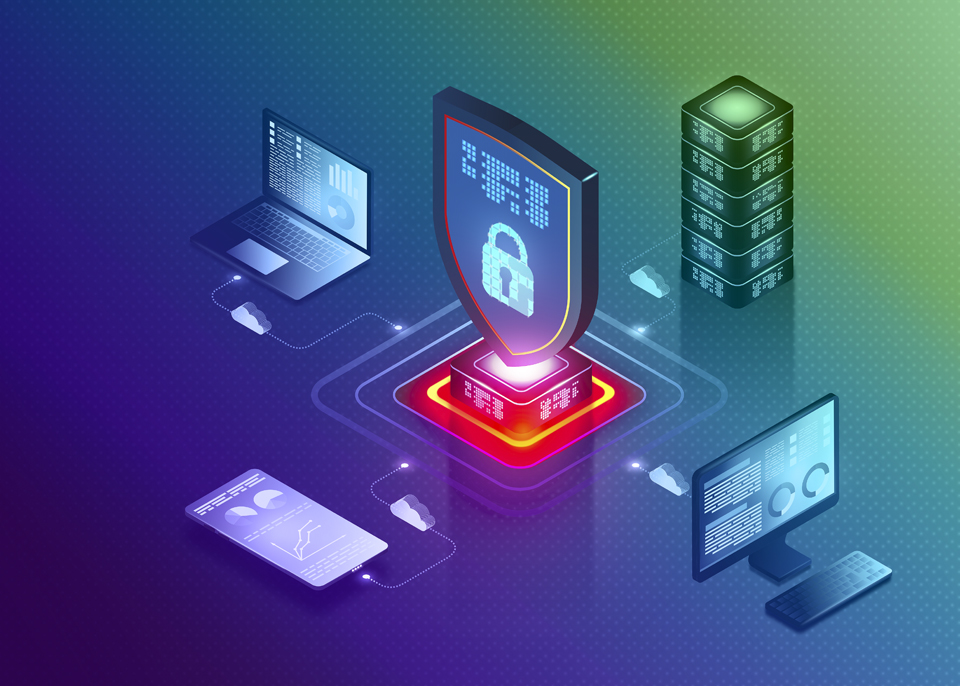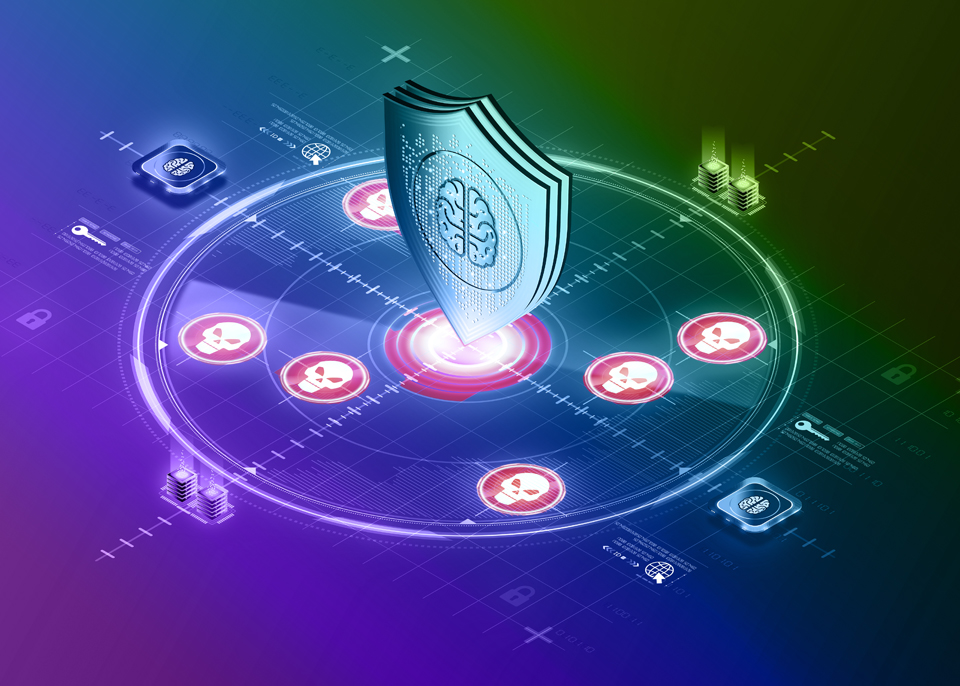END POINT DETECTION AND RESPONSE (EDR/MDR/XDR)
Ransomware attacks are becoming more sophisticated and ever evolving. With more devices being mobile and off-site, implementation measures to secure those endpoints become even more necessary.
Protect your business with EDR and feel confident with your decision to have a remote, digital workforce!

WHAT IS END POINT DETECTION AND RESPONSE? (EDR/MDR/XDR)
Endpoint Detection and Response (EDR) is designed to detect and remove malware or any other form of malicious activity on endpoints. EDR tools continuously monitor, threat hunt, and collect activity data from end-user devices. Once a threat is identified, EDR will automatically enable a full triage of response, containment, and investigation.
MDR stands for Managed Detection and Response which takes the responsibility of protect, detect, and respond off your IT team and places it with a company that is able to monitor and respond 24/7/365.
XDR is a next level endpoint protection which includes advanced cybersecurity functionality by blocking the more deviant, sophisticated threats that are able to bypass an endpoint, such as servers, cloud, networks, etc. XDR is the evolution of EDR.
Why Do I Need EDR/MDR/XDR?
Establishing endpoint detection and response is a critical component in taking your cybersecurity beyond the standard signature-based antivirus which has little to no chance in helping you fight against today’s ever-evolving, sophisticated ransomware attacks. Time is not on your side when responding to an attack. EDR tools paired with 24/7/365 security monitoring and response services will stop these compromises in their tracks!


Benefits of Managed EDR
-
Quickly identify and stop cyber threats.
-
AI or machine learning to detect previously unknown “zero-day” attacks.
-
Fileless attack protection.
-
Automated remediation and roll back capabilities.
-
Real time host quarantine.
-
USB port blocking.
-
24/7/365 monitoring.
-
Integrated threat hunting and forensics.
Organizations That Need EDR/MDR/XDR
-
Companies with a remote workforce.
-
Have compliance requirements.
-
Companies wanting to decrease threats to their network.
-
Companies with multiple standalone security tools – especially if they overlap and produce similar security alerts.
-
Companies that do not have the time, staff, or expertise to monitor endpoints.













